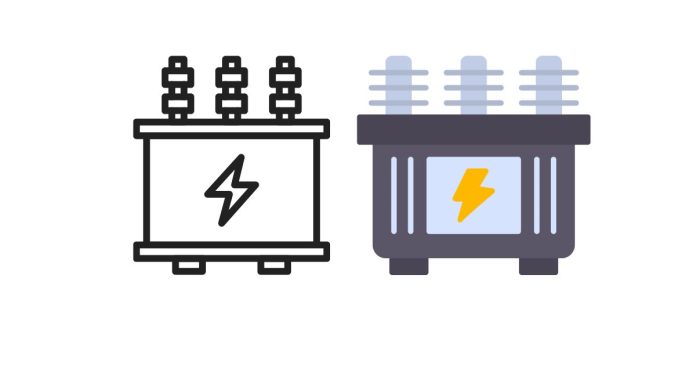In the world of electrical engineering, especially in relation to transformers, you might have encountered terms like Dyn11 and Dyn12. These terms are crucial when it comes to understanding transformer connections, particularly those involving delta and wye (star) configurations. But what exactly do these terms mean? Let’s explore the significance of Dyn11 and Dyn12, and how they impact the functionality of transformers.
What Do Dyn11 and Dyn12 Represent?
Dyn11 and Dyn12 are specific types of transformer vector groups that describe the way the primary (input) and secondary (output) windings of a transformer are connected. These vector groups are used to define the phase shift between the primary and secondary windings, which in turn affects how the transformer operates in an electrical system.
- D: This stands for a Delta connection, where the windings are connected in a triangular shape. It is commonly used on the primary side of transformers because it can handle large amounts of power.
- Y: This represents a Wye (Star) connection, where the windings are connected in a shape that resembles a “Y”. This connection is typically used on the secondary side of transformers as it offers a neutral point for grounding and is useful for providing different voltages.
- n: This refers to the number of hours of the phase shift between the primary and secondary windings. The number indicates how much the secondary voltage lags or leads the primary voltage.
Breaking Down Dyn11 and Dyn12
- Dyn11
- D (Delta) on the primary side and Y (Wye) on the secondary side.
- The “n11” means the secondary side lags the primary side by 30 degrees. Essentially, the 11 indicates that there is a phase shift of 30 degrees between the two windings.
- Applications: This is a common configuration for power transformers used in power distribution networks. The phase shift helps prevent harmonic problems and ensures better performance in electrical systems.
- Dyn12
- Similar to Dyn11, the primary side is Delta (D) and the secondary side is Wye (Y).
- The “n12” in this case means that the secondary voltage lags the primary voltage by 150 degrees.
- Applications: This configuration might be used in certain industrial or specialized applications where the phase shift of 150 degrees is needed to match the electrical system’s requirements.
Why Are Dyn11 and Dyn12 Important?
The vector group of a transformer determines several important factors in its operation:
- Phase Shift: As we mentioned, the phase shift between the primary and secondary windings can be crucial for the proper synchronization of power systems. For instance, Dyn11 and Dyn12 offer different phase shifts, which can be used to prevent potential issues in systems where multiple transformers are in parallel or when feeding into a grid.
- System Compatibility: By selecting the correct vector group, engineers can ensure that the transformer works harmoniously with the rest of the system. Whether the goal is to match voltage levels, minimize losses, or avoid phase angle issues, choosing the right configuration is key.
- Harmonic Reduction: In many industrial settings, certain configurations, like Dyn11, can help mitigate harmonic distortion. This is especially important for maintaining power quality and ensuring the longevity of equipment.
In summary, Dyn11 and Dyn12 are types of transformer connections used to define the relationship between the primary and secondary windings in a transformer. These vector groups, with their specific phase shifts of 30 degrees (Dyn11) and 150 degrees (Dyn12), help ensure that the transformer operates efficiently within the power system and meets the required electrical standards.
Understanding these configurations is essential for anyone working with transformers or electrical systems. Whether you’re designing a system, troubleshooting an issue, or simply wanting to learn more about transformer technology, knowing what Dyn11 and Dyn12 mean will help you make informed decisions.
Do you have any experience working with transformers or using these vector groups in electrical systems? Feel free to share your insights or ask questions in the comments!


